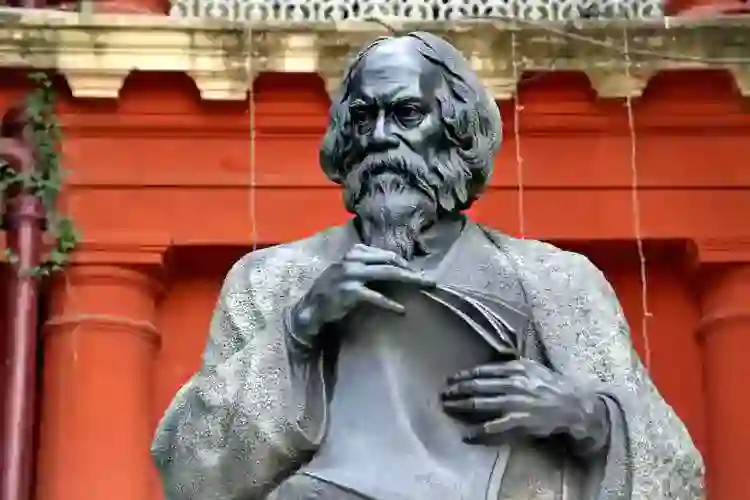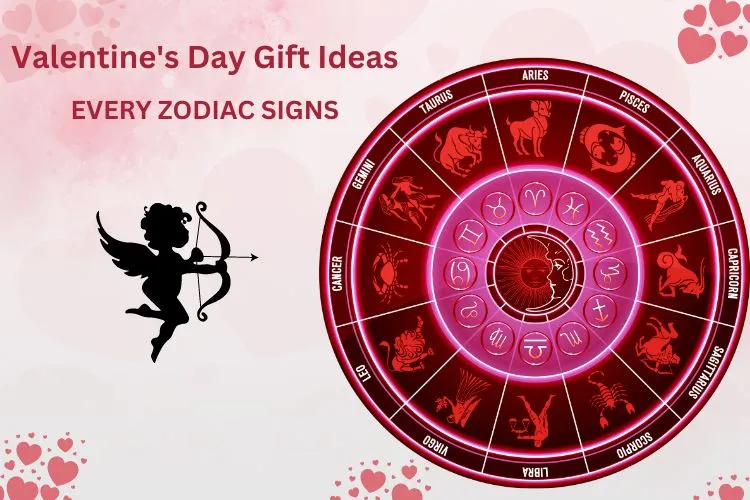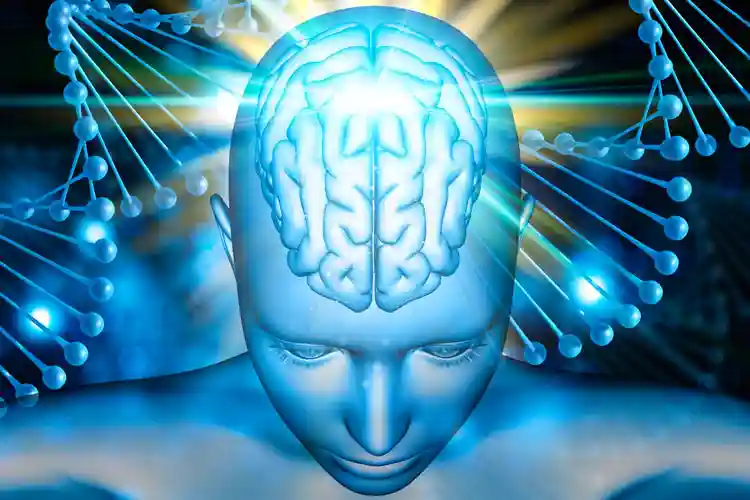Rabindranath Jayanti Rabindranath Tagore Jayanti 2024: Life, Achievements And History

Rabindra Jayanti is an annual cultural festival commemorating Rabindranath Tagore’s birth anniversary, which is common among Tagore Files (people who love Tagore and his works) all over the world. It is acknowledged on the 25th day of the Bengali month of Boishakh, as Tagore was born on this date 1268 (1861 AD – 25th of Boishakh) according to the Bengali calendar.
Every year, as a tribute to Tagore and his work, a variety of cultural programmes and events, such as Kabipranam – the songs (Rabindra Sangeet), poetries, dance, and dramas, written and composed by Tagore, are organised by various schools, colleges, and universities in Bengal, and also celebrated by various groups abroad. Tagore’s birth anniversary is widely commemorated around the world, especially in Santiniketan, Birbhum, West Bengal, and particularly at Visva-Bharati University, which Tagore created for the cultural, social, and educational upliftment of students and society. In 2011, the Indian government issued a five-rupee coin to commemorate Rabindranath Tagore’s 150th birthday.
Ways To Observe Rabindranath Jayanti
In different parts of West Bengal, the day is commemorated with pomp and circumstance. Tagore’s works are celebrated by cultural activities held in colleges, universities, and even communities. These occasions include dances (based on Rabindra sangeet), plays, songs, and recitals. These activities are also attended by foreign students at Visva-Bharati University. Rabindranath Tagore’s birthplace, Jorasanko Thakur Bari, hosts a number of events.
Rabindranath Tagore’s works are often honoured at college and school functions. Children can be seen reciting poetry, singing songs, or putting on a play based on Rabindranath’s writings.
Apart from the traditional festivities, most Bengali households perform Rabindranath’s songs in their homes from dawn to dusk.
What Would You Do To Celebrate Rabindranath Jayanti?
The birthday of Rabindranath Tagore is commemorated with joy and happiness. You will participate in the huge celebrations by doing the following:
Look for Rabindranath Jayanti activities in your area and attend them, so you can be a part of the celebration.
If you’re staying somewhere else, look for Bengali cultures. Such cultures host a wide range of cultural events.
If you’re in India, make plans to visit Kolkata or Shantiniketan (165 km from Kolkata) for the festival.
Even if you have to sit at home or do other work on that day, you can still enjoy Rabindranath’s songs by listening to or playing them.
So save the date Tuesday, 7th May, 2024 and if at all necessary, try to attend one of the country’s best literature-inspired cultural festivals.
Rabindranath Tagore's Biography
Rabindranath Tagore was born into a wealthy Brahmin family in Calcutta and was the family’s youngest child. He was a multi-talented person with a strong desire to expand his knowledge. However, his contributions to Indian literature and music will be remembered forever.
On his birthday, people not only in West Bengal but throughout the world remember his contributions. What exactly was he? Rabindranath Tagore was a poet, writer, composer, and visual artist who lived in Bengal. He was awarded the Nobel Prize for Literature in 1913 for his significant contributions to Indian literature. He was the first Asian to be honoured with this honour.
Also, now, many people enjoy reading his novels and short stories. He also wrote dance dramas, poems, and essays on political and personal issues. However, Ghare-Baire, Gora, and Gitanjali are some of his best works. Also, he was well-known around the world for his excellent writing skills and creative thinking.
To know your best career, Consult Experts Now!
Tagore ushered in a linguistic revolution in India. His best composition is ‘Jana Gana Mana.’ This song was chosen as India’s national anthem. Rabindranath Tagore’s writings are a fine combination of pious theology and Indian poetry. He drew inspiration from the Upanishads and Vedas.
Sneak Peak On Rabindranath Tagore's Work
At the age of sixteen, Rabindranath Tagore started writing dramas. Jyotirindranath, his brother, accompanied him. When he was 20, he wrote his first drama, Valmiki Pratibha. One of the best dramas is Visarjan, which was published in 1890. Chitrangada, Shyama, Chandrika, and other dramas are among the others.
Short Stories:
At the age of 16, he began writing short stories. In 1877, the first short story was published. Between 1891 and 1895, he published a number of stories. This four-year era is known as Rabindranath Tagore’s “Sadhana” period. Kabuliwala, Kshudhita Pashan, Atithi, and other well-known short stories are among his works.
Novels:
He was unquestionably a brilliant writer. He published eight novels and four novellas. Char Odhay, Chaturanga, Noukadubi, and Shusher Kobita are some of Tagore’s best-known works. However, Ghare Baire condemns the Swadeshi Movement’s growing terrorism and religious spiri? On the other hand, Gora raises contentious concerns concerning Indian individuality.
Popular Works Of Gurudev Rabindranath Tagore Jayanti
Chokher Bali
Tagore’s Bengali novel ‘Chokher Bali’ or ‘A grain of sand’ is a tale about an extramarital affair. It’s a storey about passion, wishes, relationships, unrealized dreams, and reality. This novel depicts the complexities of human relationships and character very well.
Gora:
Gora is a sprawling, exhaustive, and an eminently important novel set in the 1880s. The novel touches on a variety of topics, including religion, gender, and feminism, as well as pitting tradition against modernity.
Ghare Baire:
Tagore’s Ghare Baire, published in 1916, is a multi-layered novel. It’s a storey about a married woman struggling to find her own identity while trapped in her home.
Rabindranath Tagore's Lesser-Known Truth
Tagore had a close relationship with Mohandas Karamchand Gandhi, better known as Mahatma Gandhi. Tagore, a great admirer of Gandhi’s ideas on nationalism, bestowed the title of “Mahatma” on him as a mark of respect.
He composed India’s national anthem, ‘Jana Gana Mana,’ Bangladesh’s national anthem, ‘Amar SonarBangla,’ and Sri Lanka’s national anthem, ‘Nama Nama Sri Lanka Mata,’ in Bengali.
After meeting in 1930 at Albert Einstein’s home in Caputh, Germany, Rabindranath Tagore and his interactions with him were widely publicised. Both Nobel Laureates were admirers of each other.






